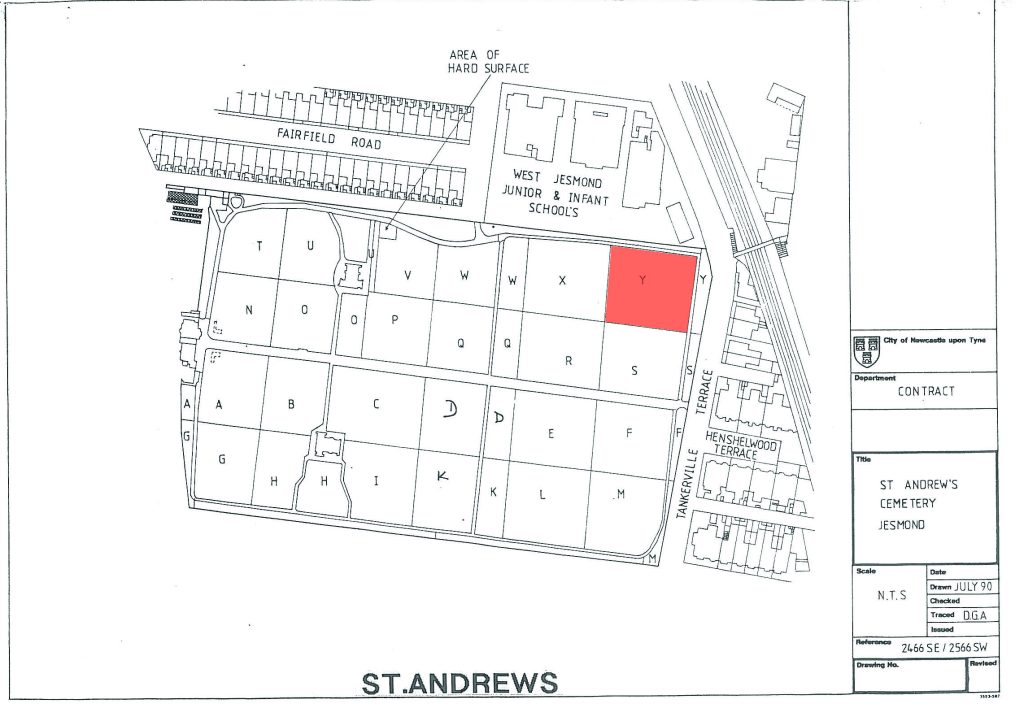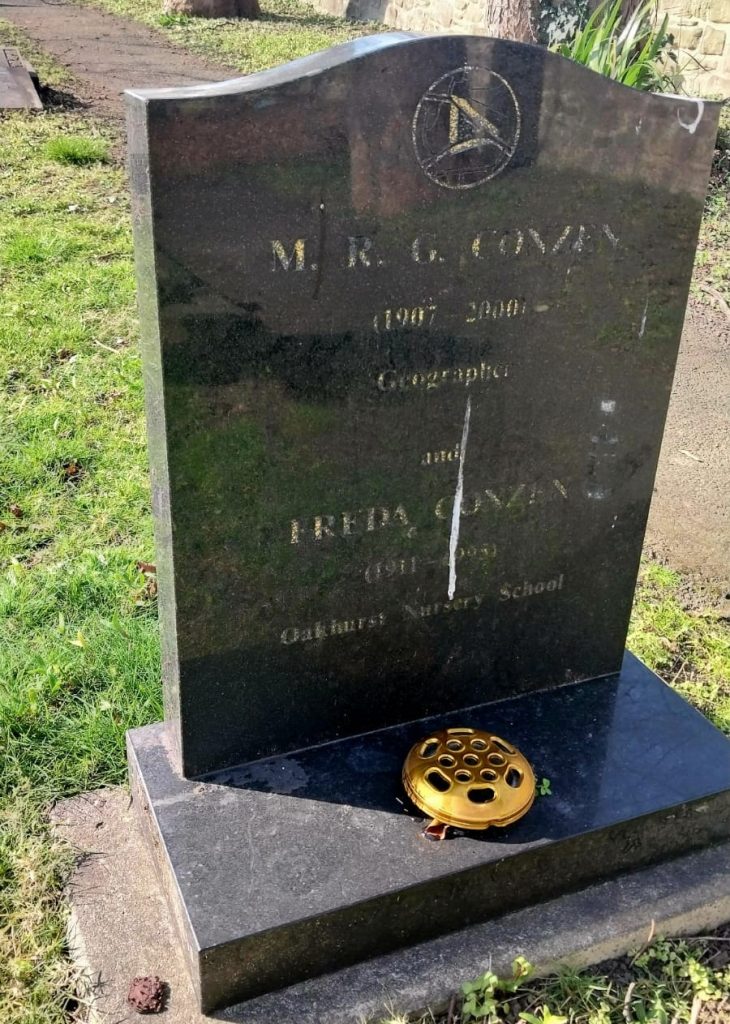Today (26.03.2025), I visited the grave where M.R.G. Conzen was buried in Newcastle. He passed away a quarter of a century ago. He lied under the sod with his wife, Freda Conzen. On top of his gravestone, a logo was scratched. This logo is made of the city centre of Alnwick from the map he created for Alnwick’s fringe belts. Visiting his grave, remembering him as a scientist and a human being, had a very special meaning. Many people may feel a sense of loss and sadness when they think of visiting a grave; however, for me, it is a reflection of respect for Conzen’s life, and his efforts spanned a lifetime. His life is extremely inspiring, both in terms of witnessing an era and seeing how his contributions to science can be felt many years later. This man left a deep legacy not only to the world of science but also to practitioners.
Conzen was born in Berlin, Germany, in 1907. He was the only child of his family. However, he emigrated to the UK in 1933 due to the rise and pressure of the Nazi Party. After working in various parts of the UK, he immigrated to Newcastle and began teaching there. The UK offered him not only a new life but also provided an opportunity for him to develop as a scientist. And here, he made his mark in history as a geographer and an urban morphologist, and an academic.
Conzen’s most important legacy is the theory he developed in the field of urban morphology: the historio-geographical theory of urban form. I will not address the details of this theory. Understanding Conzen’s contributions to urban morphology is like looking at the evolution of a city. According to Conzen, every neighborhood, street, building or structure of a city is the product of the aspirations, struggles and stories that people live in. This theory states that a city is not a product of the construction machines and concrete that shape the city, but also the history of those who live there. Keeping Conzen’s legacy alive is possible not only by studying his theories but also by revealing the deep traces he left in this world. May Conzen’s soul rest in peace. This priceless legacy he left will continue to shed light on the future of cities.
Conzen’s contributions to urban morphology have laid the foundations of the field and guided many academics and urban morphologists. I am one of them. Remembering Conzen is not just an academic reminder for me, but also a personal journey. The two doctoral theses I have written on his theories are not just a scientific endeavor, but an expression of my deep respect for his legacy. This journey has shown me how valuable his contributions are. Especially when I won the JWR Whitehand Prize for the Best Thesis in Urban Morpgology, I have also embodied my gratitude to Conzen’s legacy. Let’s not forget Michael Robert Günter Conzen.
For those who want to visit Conzen, information about the cemetery in Newcastle where he is buried is provided below:
Saint Andrews Cemetery
His grave is in section Y. Grave number is 150 (Look at the following map)
Address: Great North Road, Jesmond, Newcastle upon Tyne NE2 3BU

A map of St Andrews Cemetery

The Gravestone in St Andrews Cemetery



